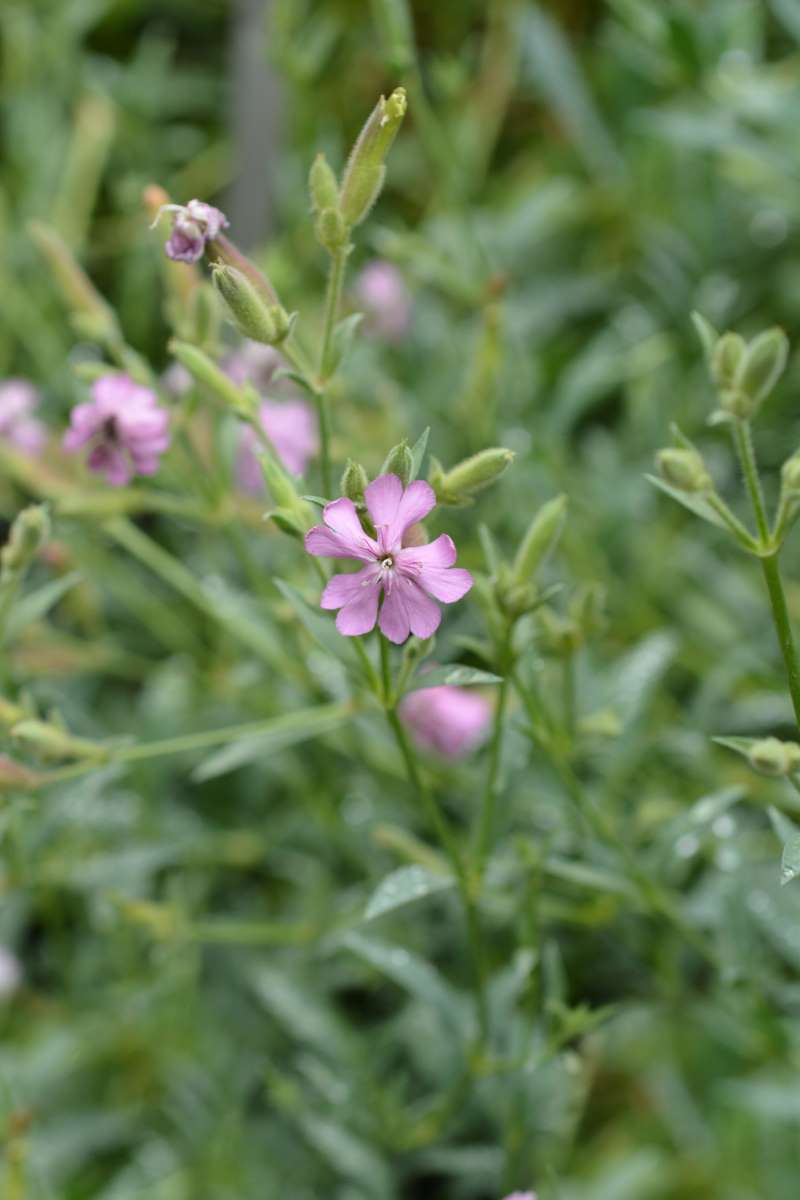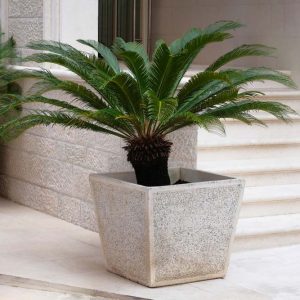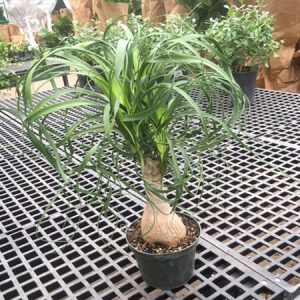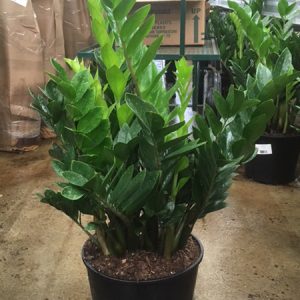Description
Saponaria – Soapwort –
There are 20 annuals and perennials, some with a woody rootstock, in the Caryophyllaceae family, in this genus. They are found naturally occurring from meadows or rocky areas in the Mountains of Southern Europe and Southwestern Asia. They are closely related to Lychnis and Silene, they differ in having flowers with 2 styles rather then 3 or 5. They produce opposite, smooth edged, variably shaped, narrow leaves and abundant flat, 5 petaled,, clawed flowers, usually in shades of white, yellow, pink, or pale purple, borne in loose or dense heads, panicles, or cymes. The genus includes compact plants,, suitable for a rock garden, trough, or raised bed, and taller, spreading plants, useful for a herbaceous or mixed border.
Grow border perennial in moderately fertile, well drained, neutral to slightly alkaline soil in full sun. More compact species, such as S. caespitosa, require gritty, sharply drained soil. Cut S. ocymoides back hard after flowering to maintain compactness. Divide border perennial in autumn or spring.
Prone to slugs and snails, and to some larvae of some Lepidoptera.
S. caespitosa – This compact, densely tufted, mat forming perennial from the Pyrenees grows 6″ tall and wide. From a woody root stock it produces narrowly lance shaped, mid green leaves, 1/4″ long. Few flowered heads of pink to purple flowers, ½” across, are borne just above the foliage in summer.
Zones 4-8





